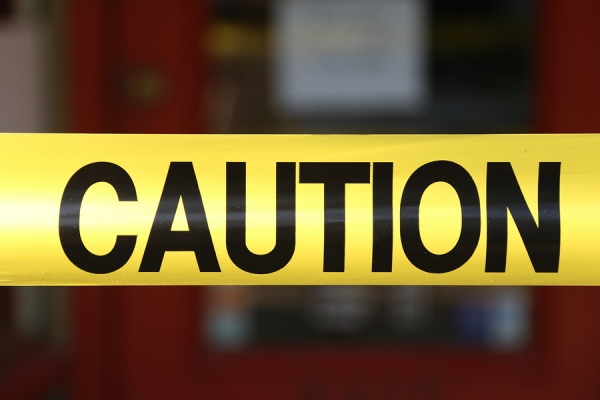Preventable Accidents 2

All of these incidents could have been prevented.
What could have been done differently?
What would you have done if it were you involved in these situations?
- March 23, 2011, Worker was killed after a cigarette lighter used to check the level of a 55-gal. drum of flammable liquid ignited the liquid's vapor and exploded. Worker died from burns and blunt head trauma.
- At approximately 11:00 a.m. on September 12, 2009, Employee #1 was cleaning a Columbia Model Number 65, Serial Number 11-8203B, concrete mixer with a coworker. The mixer was energized while Employee #1 was inside resulting in the amputation of his legs. Employee #1 was hospitalized.
- October 7, 2009, Employee #1, was cleaning the hardened plastic from the mold while standing in between the mold plates. A supervisor started the machine without checking the location of Employee #1. Employee #1 was crushed between the mold plates and died from asphyxia.
- At approximately 9:00 a.m. to 1:00 p.m. on July 25, 2009, Employee #1 was attempting to repair brackets on a pipe rack. He crawled underneath the tubing and the pipe rack collapsed. He was struck on the back by four 30 ft joints of oil well tubing. Employee #1 was asphyxiated.
- At approximately 5:40 a.m. on November 5, 2009, Employee #1, a production helper of eight months, was working on a recycling machine. He was watching the recycling machine, while standing near the controller when all of the machines stopped. He was told by his supervisor to unclog the material from the air lock cylinder. While he was in a squatting position, Employee #1 opened the plastic cylinder on the air lock system to release the material. He lost his balance and tried to hold on to something with his left hand. Four fingers of his left hand got caught in the moving parts in the air lock assembly, which caused their amputation. His index finger and ring finger were reattached, but the middle and pinkie finger remained amputated. He was hospitalized for treatment.
- At approximately 10:00 a.m. on October 6, 2008, a coworker walking through the salvage yard observed the employee lying face up under a wrecked Chevy Blazer on a dry dirt surface with the vehicle resting squarely on the employee's left upper torso. The employee had not been seen in the morning and had arrived before the business opened to remove parts from the Blazer alone. There was no witness to the fall of the Blazer onto the employee. But the location of chest injuries suggested the employee was lying under the suspended automobile without the use of jack stands or supports. The wrecked vehicle was hoisted by the bumper. The bumper later broke loose from the vehicle. The wrecked vehicle then fell and crushed the employee. Paramedics were called to the scene by the employer. The employee was unresponsive and pronounced dead on the scene. The cause of death was blunt traumatic chest injuries and positional asphyxia.
- On September 1, 2009, Employee #1 was cutting metal with a welding torch, 8 ft from acetylene tanks. Sparks from the welding torch hit an acetylene tank and the tank exploded. He received third degree burns on 20 percent of his body and was hospitalized. He died six weeks later.
- Employee #1 was using a vibratory plow to install an underground primary power cable 36 in. below the surface. The equipment struck against and ruptured a 24 in. diameter high pressure natural gas pipeline. The resulting explosion threw dirt 80 ft into the air. Employee #1 was killed.
- On July 8, 2009, Employee's #1, #2, and #3 were removing a cap on a 12-in. natural gas pipe line. The line was presumed empty and unpressurized. When they loosened the bolts to the cap, gas escaped and was ignited by the cutting welding process. All three employees were hospitalized with multiple burns.
- On July 24, 2009, Employee #1 parked his dump truck to pick up a load of material. He noticed a coworker, operating a front end loader, pick up a boulder and was getting ready to dump it into his truck bed. He was concerned about the load being too big for his truck so he yelled from inside his cab to back off, and blew his horn. The coworker did not respond to his commands, and Employee #1 walked to the loader where he knocked at the operator's door and yelled to back off. The coworker still did not respond and continued to proceed. Employee # 1 then climbed up on the top of the cab to see if his truck would be overloaded and the coworker dumped the boulder into the bed of his truck. The load landed so hard that it shook the truck, and Employee #1 fell off the truck cab roof onto the ground, approximately 9 ft. Employee #1 was hospitalized with a fractured back and a concussion.
